
Ann Brokelman Photography Snowy Egret in Florida Feb 2014
4 Species Of Egrets Commonly Found In Florida There are 4 species of egrets that you can commonly find in the state of Florida. Three of these, you'll most likely encounter along the coastline but one of the species of egret can also be found in inland areas around farms and other open grassy areas.
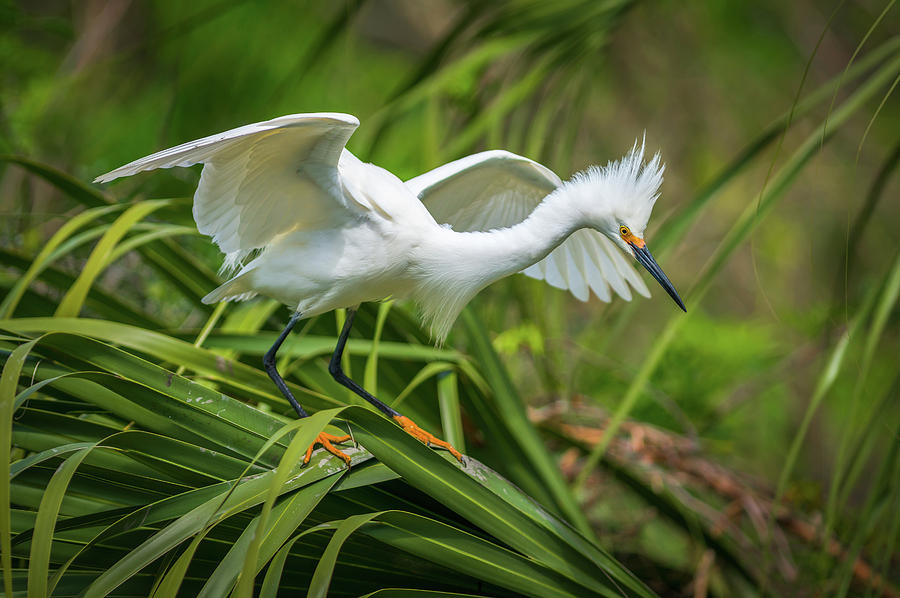
Snowy Egret St Augustine Florida Wildlife Nature Photography Photograph by Dave Allen Pixels
The Best Trees, Vines, and Shrubs to Plant for Birds: a Starter List I found a baby bird. What do I do? Bird ID Skills: How to Learn Bird Songs and Calls Project FeederWatch Tricky Bird IDs Among the most elegant of the herons, the slender Snowy Egret sets off immaculate white plumage with black legs and brilliant yellow feet.
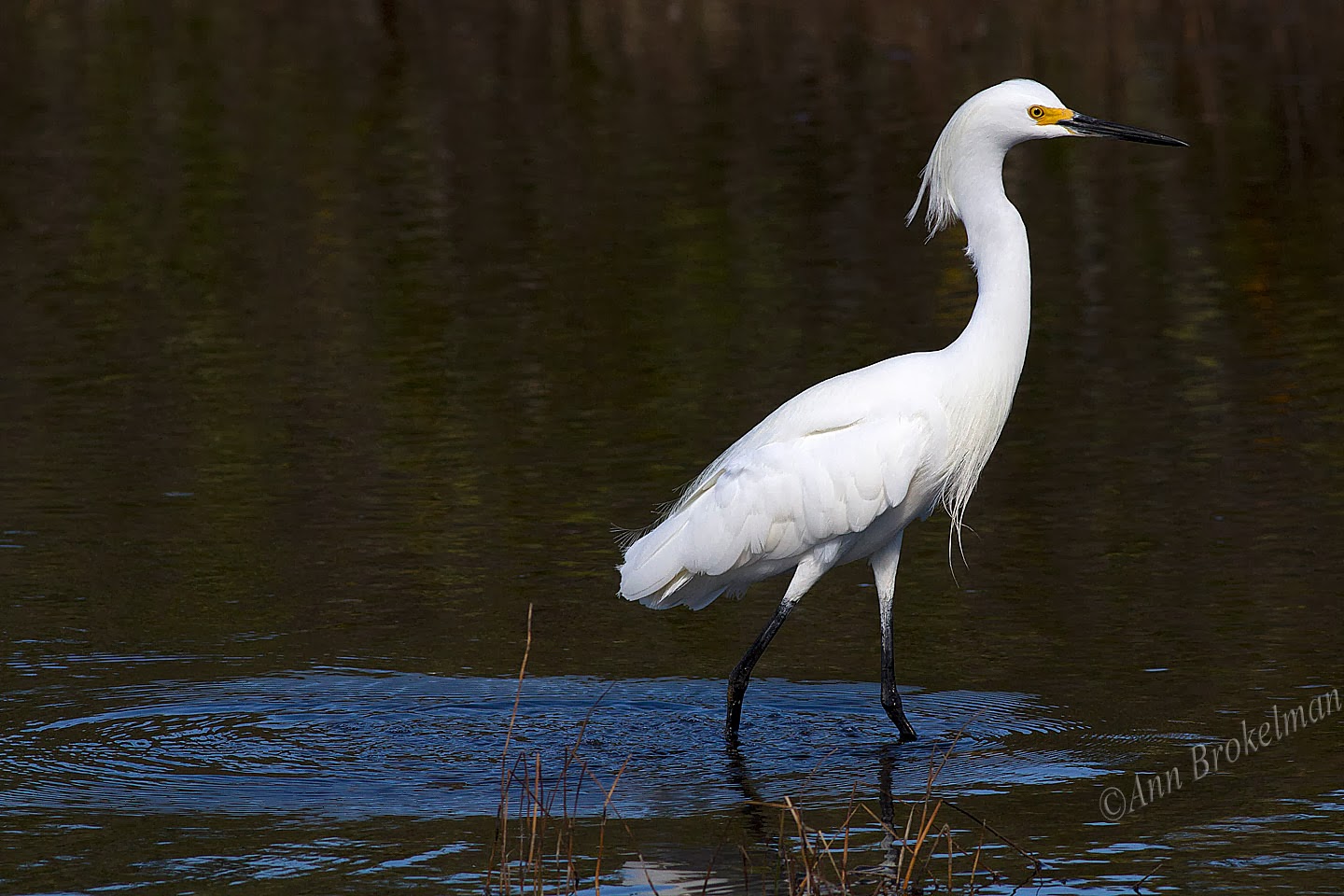
Ann Brokelman Photography Snowy Egret in Florida Feb 2014
Species in This Family Herons, Egrets, and Bitterns (Order: Pelecaniformes, Family: Ardeidae) American Bittern Least Bittern Great Blue Heron Great Egret Snowy Egret Little Blue Heron Tricolored Heron Reddish Egret Yellow-crowned Night Heron Black-crowned Night Heron Green Heron Western Cattle Egret Gray Heron Browse Species in This Family

Ann Brokelman Photography Snowy Egret Florida 2014
Among the most elegant of the herons, the slender Snowy Egret sets off immaculate white plumage with black legs and brilliant yellow feet. Those feet seem to play a role in stirring up or herding small aquatic animals as the egret forages. Breeding Snowy Egrets grow filmy, curving plumes that once fetched astronomical prices in the fashion industry, endangering the species. Early.
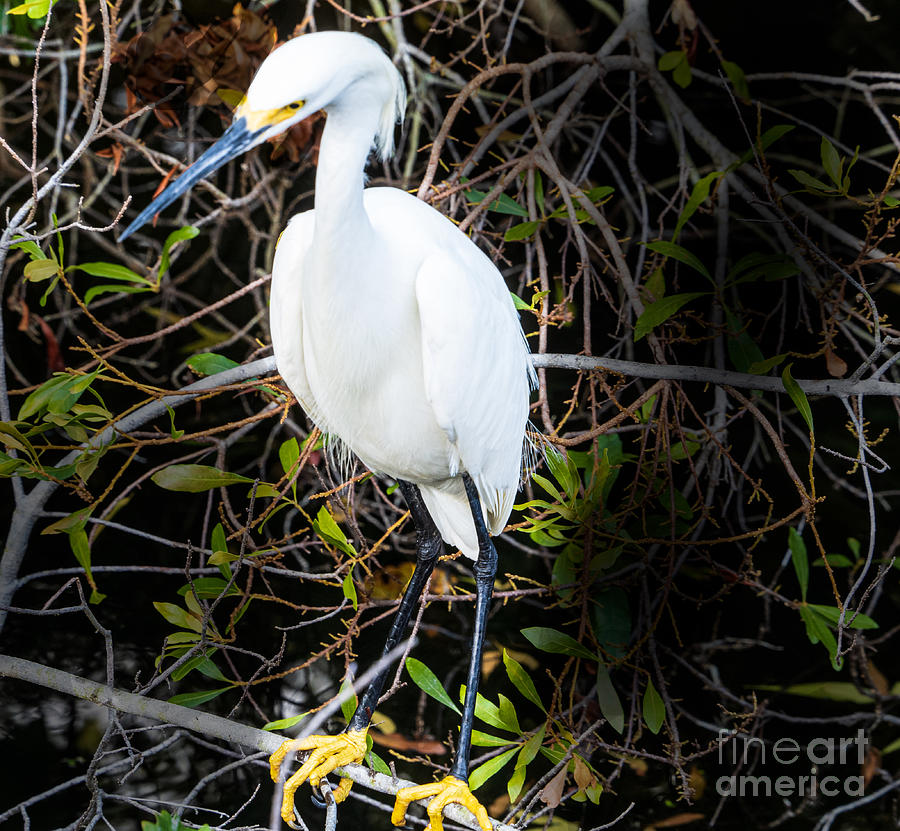
Snowy Egret at Eagle Lake Park in Florida Photograph by L Bosco Fine Art America
Size: Their length ranges from 56-66 cm (22-26 in), with a wingspan of approximately 100 cm (39 in). Weight: Snowy egrets have an average weight of about 370 g (13.1 oz). Snowy Egret. Color: Adults have pure white plumage, yellow lore (patch of the skin occurring between the eye and bill), black bill and legs, as well as yellow eyes and feet.

Backyard Birding....and Nature Snowy Egret in Florida
195 Easily identified by their snow-white bodies and bright-yellow feet, the snowy egret is one of Florida's most widespread and commonly observed wading birds. Snowy egrets are in the heron family and are often found in shallow mangrove, estuary, marsh and wetland habitats. They are also commonly found on the coast.

Ann Brokelman Photography Snowy Egrets in Florida at sunset
Adults are all white except for black wingtips, immature birds are a muddy brown with a white belly. The White Ibis has a body length to 26 inches, long legs and bill are red, flies with neck extended. Great Egrets, Snowy Egrets, Woodstorks, Roseate Spoonbills, and White Ibis all share a common roosting place on this Florida marsh "tree island.

Florida Snowy Egret Flying
Conservation and Management The snowy egret is protected by the U.S. Migratory Bird Treaty Act and from take by 68A-4.001, F.A.C. Florida's Endangered and Threatened Species Rule. Biological Status Review (BSR) Supplemental Information for the BSR

Ann Brokelman Photography Snowy Egret in Florida Feb 2014
The snowy egret ( Egretta thula) is a small white heron. The genus name comes from Provençal French for the little egret, aigrette, which is a diminutive of aigron, 'heron'. The species name thula is the Araucano term for the black-necked swan, applied to this species in error by Chilean naturalist Juan Ignacio Molina in 1782. [3]
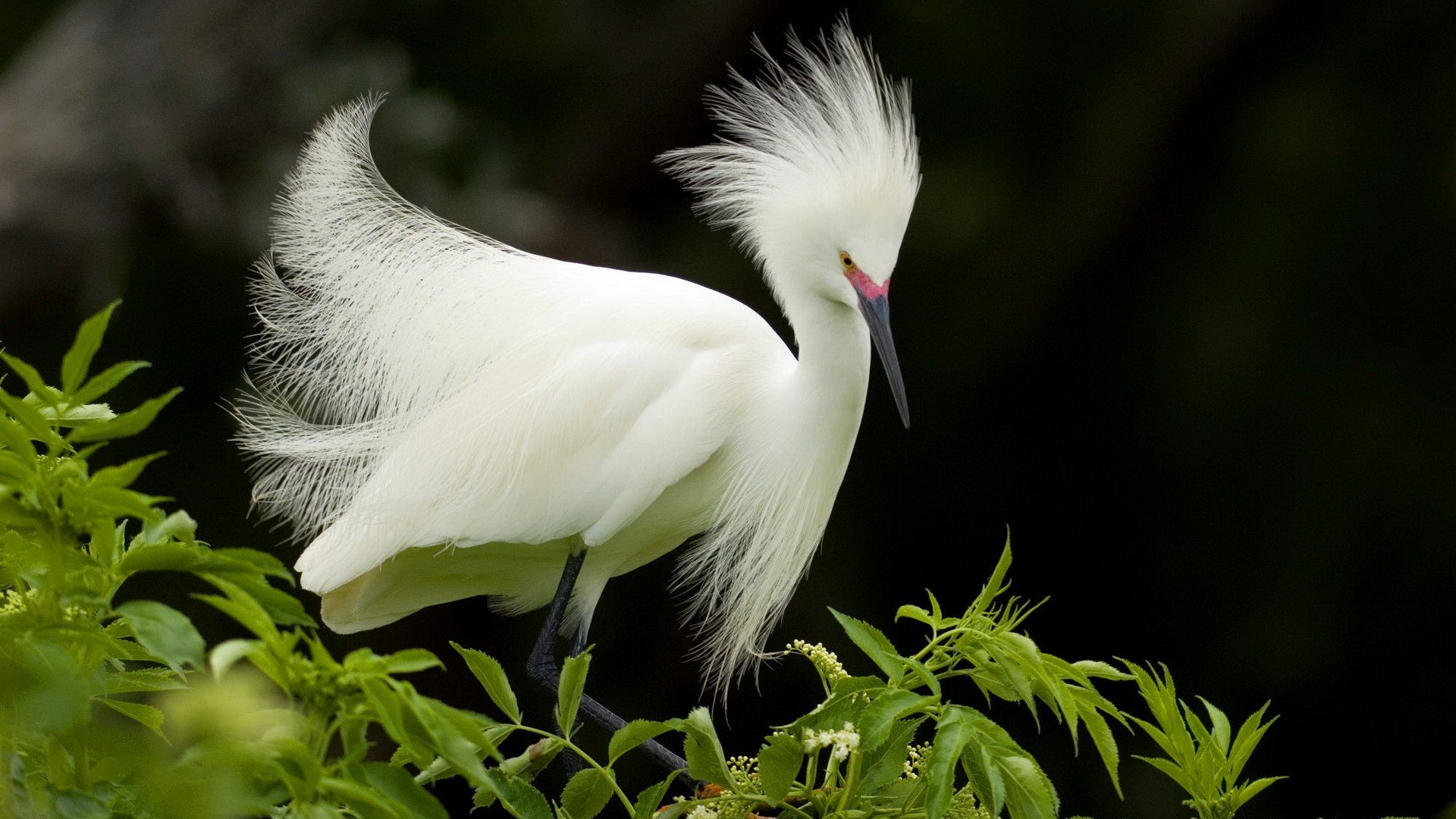
birds, Florida, Snowy, Egret, Egrets
Bird Photography - Snowy Egret - Sharp-Eatman Nature Photography
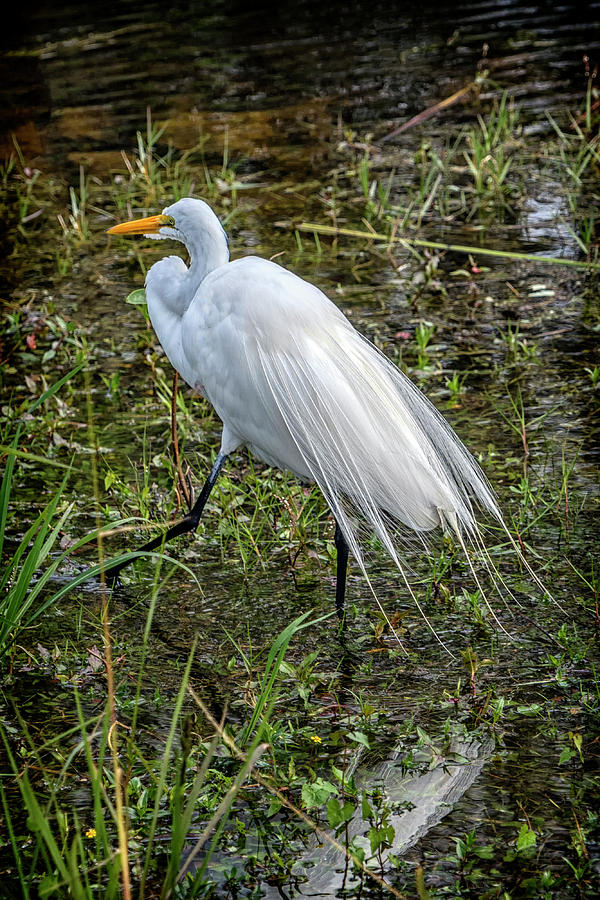
Snowy Egret Ft Myers Florida DSC01107_16 Photograph by Greg Kluempers Fine Art America
Snowy egret | Florida Hikes Snowy egret Sometimes mistaken for other white wading birds in Florida, the snowy egret has distinctive yellow feet and a black bill. Bird Identification ( Florida Species ) Snowy egret Sometimes mistaken for other white wading birds in Florida, the snowy egret has distinctive yellow feet and a black bill.
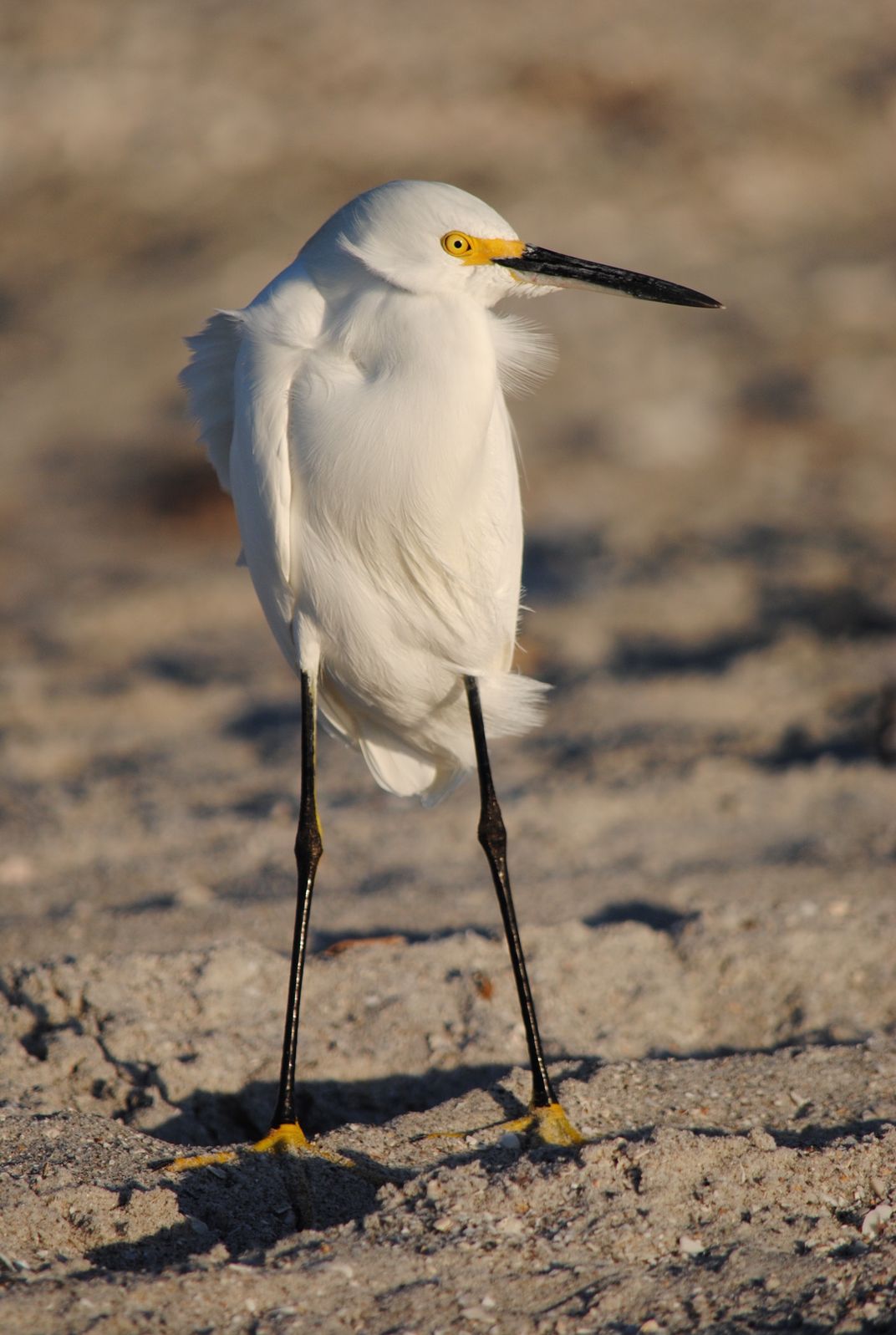
Snowy Egret Captiva, Florida Smithsonian Photo Contest Smithsonian Magazine
It winters in North America along the Atlantic coast from Florida to South Carolina, along the northern gulf coast, and from northern California to Arizona. It occurs as far south as central Argentina and southern Chile. At 24 inches long with a wingspread of 39 inches, the snowy egret is about one-half the size of the great egret.
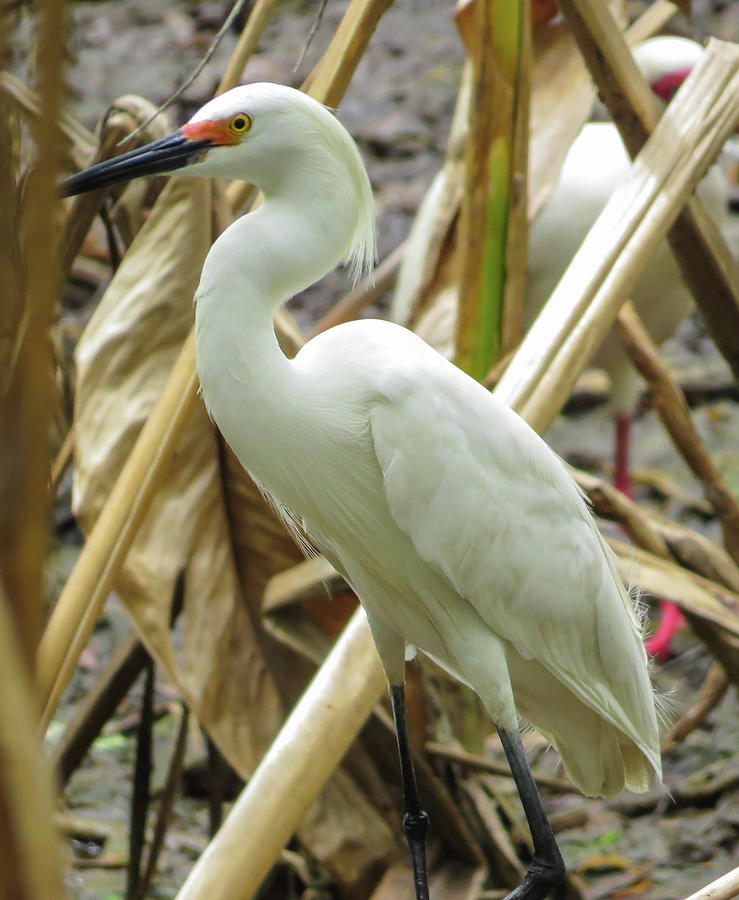
Snowy Egret At Fort Myer, Florida Photograph by Deb Fedeler Fine Art America
The Snowy Egret is a year round inhabitant of Florida, the Caribbean, and much of South America. This beautiful white heron is easy to identify, with a yellow patch around its eyes, yellow feet, its black legs and beak. Southwest Florida is an ideal habitat for these birds, which are usually found near bodies of water, including ponds, rivers.

Side View of Snowy Egret at The Florida Aquarium ClipPix ETC Educational Photos for Students
Do you love egrets of Florida? These elegant birds thrive in various habitats across the state. This guide will show you the four main kinds of egrets in Florida, and how to tell them apart by their looks, actions, and homes. Come with me to explore the charm and wonder of these amazing creatures! Table of Contents

Ann Brokelman Photography Snowy Egrets in Florida at sunset
Small white heron with black bill, black legs, and yellow feet. Lores (between eye and bill) are usually bright yellow, but flush reddish in the breeding season. Also note lacy plumes on head, breast, and back during breeding season. Immatures have duller yellow lores and more yellow extending up the legs than adults. Fairly common and widespread in North and South America; often most common.
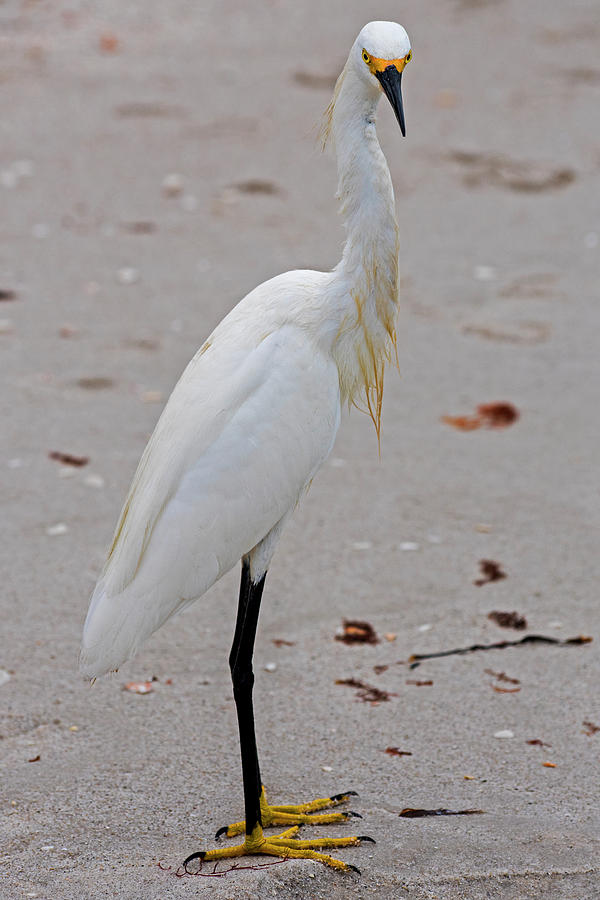
What are you looking at Snowy Egret Naples Florida Photograph by Toby McGuire Fine Art America
You are free: to share - to copy, distribute and transmit the work; to remix - to adapt the work; Under the following conditions: attribution - You must give appropriate credit, provide a link to the license, and indicate if changes were made. You may do so in any reasonable manner, but not in any way that suggests the licensor endorses you or your use.